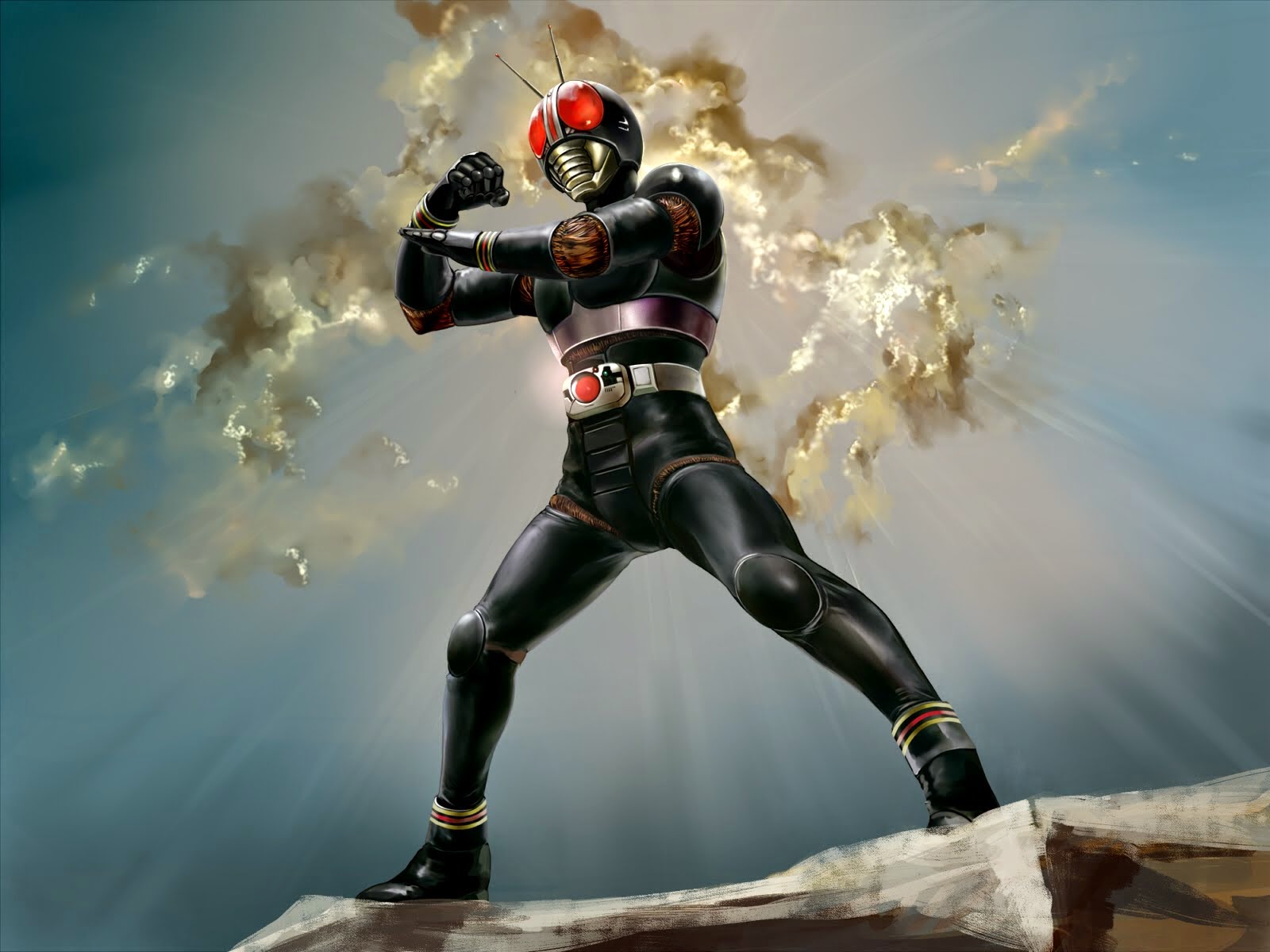What is Cthulhu Dark? It's a system with very few rules created by
Graham Walmsley to play investigative lovecraftian games. It's very
lite, the main rules comprise only two pages and, using a small font
and no cover, you can even fit all of it in one page. Although I know
the system for years now and have seen it play a few times, I never
had the chance to run it myself. In fact, my gaming table was never
fond of the idea of playing it. The simplicity of the system, the
lack of hard rules, the lack of customization and overall liteness
drove them off. I was just able to play it myself on the other day
and it was amazing.
Character creation is made in seconds. The player thinks on an
archetype he wants to play, describe the character succinctly and
gives them an occupation and a name. For example, Jonatham Walles,
the old seasoned linguistics professor of Arkham. Or Margareth
Jennings, the young and dashing journalist from the Los Angeles'
'Daily Currents'. Then, the GM presents a situations to be
investigated and things catch on from there.
The main mechanic is very simple. Any time an investigator is
challenged by a hard situation, or you want to see how well he's done
some task, roll 1d6 if it is possible to be done by any human, +1d6
if it is something the character is specialized with and stick with
the highest number. Then, the GM interprets the results, ranging from
1 (your action succeeds just by the skin of your teeth, probably with
very costly repercussions) to 6 (not only you do it well, but you may
also gain benefices from it). If there is a chance of failure, a
player (or even the GM) mays state how clearly you may fail and roll
1d6 against you. If he rolls higher, the character does not succeed.
It is a very fast and simple resolution mechanic.
The other mechanic is insanity roll and insanity die. The insanity
rolls is, at any time you are confronted with a horrific situation or
unnatural (dealing with magick, seeing the mythos creatures, reading
a mythos tome), you roll 1d6 an compare it to your Insanity value. If
the roll is higher than your Insanity, add +1 to your insanity level.
Everyone starts with 1 insanity and, when you get to 6 insanity, you
go completely insane and loses your character. The insanity die
mechanic is, at any time you exert yourself and accept sacrificing
your sanity to do something, you may roll your insanity die. If the
insanity die is the highest one rolled, you now have to do an
insanity roll.
One of the most amazing qualities of Cthulhu Dark is its
adaptability. With a few tweaks, you can play anything with it. In
forums it is possible to look at rules for emulating dungeon
crawling, rules for playing cyberpunk, rules for playing
splatter-horror, survival-horror, action-thriller. All you have to do
is shift the focus by changing the Insanity attribute to something
that fits the setting, while using the same mechanics.
In a cyberpunk setting, give a list of cybernetics characters can buy
which widens the scope of actions one can do and change Insanity to
Machine/Hollow. Every time you use your cybernetics to the expenses
of your humanity and soul, roll the die. When you get Machine 6,
you've become a soulless machine. Or if you want to play an
action-thriller (similar to Max Paine and Matrix) or even action
horror (like Dead Space), substitute Insanity with Slow-mo,
Bullet-time or just Karma. Every time you test your luck, goes beyond
your limit or just call down the bullet time to make everything go
slow, roll the Karma die. When Karma gets to 6, it is time to pay
your debt to destiny as finally a bullet hits you right in the head,
or your body give in to the stress and injuries you suffered during
the adventure. However you rename and re-do the Insanity aspect of
Cthulhu Dark, just remember to use it to evoke what you are trying to
simulate.
Now, talking about one of the less appealing aspects of the system to
me, I don't like that it does not work very well to play long running
campaigns, although that is by design – as the game was made to be
simple and fast. But I believe it is not hard to implement a few
rules to allow character growth. For example, having at the end of
each investigation all the surviving player characters add a
specialty linked to a fact that happened during game. For example, if
in the game the character had successfully hidden from a monster, the
player could add to the character sheet 'light feet', 'quiet' or
anything that fits. Anytime such specialty could be used in future
games, it adds +1 die to the roll. Also, to diminish the lingering
effects of insanity, at the end of an investigation all Insanity
scores should be halved (rounded down). This adds a dimension of
growth to the characters and the possibility to make long lasting
campaigns possible. Although a very simple approach, It is
nonetheless very similar to how diceless games, such as Amber and
Karma, do. While you don't have many numbers, stats and values to
handle and thousands of xp points to deal with, you can still develop
your characters in a way that both reflects their story and the game
mechanics.
Overall, Cthulhu Dark is an endearing system, fast paced and simple
to use. It never seems to get in your way when you are narrating and
gives you enough tools to develop narration and plot without
interference. As of now, I'm thinking of the many possibilities of
Cthulhu Dark and may be developing those ideas in later posts.
Until next time
Valete
Image 1
Links

















